(Continued from Part I)
Part II – Retreat to the Little Blue
By mid 1864, many in the Confederate States of America were searching for a political door out of the Civil War. Their economy, like the uniforms of their soldiers, was in tatters. Their ports remained firmly within an ever-tightening Union blockade. Their prospects of gaining material support from Europe looked bleak. The Mighty Mississippi had become a Union river that cut the Trans-Mississippi off from the rest of the South. To top it off, their ability to continue the kind of punishing defense to which they were accustomed was being sorely tested from Mississippi to Tennessee to Georgia.
One hope to which the South’s political and military leaders clung was that the Union might deny Abraham Lincoln a second term; if he lost, it would probably be to a Democrat who might likewise seek a political solution. Lincoln’s re-election prospects remained very much up in the air, and if Missouri could somehow be brought into the Confederacy – even if only in northern newspapers – such an act might go a long way towards convincing Union voters that further pursuit of the war was futile. But while they had hope that such a solution was possible, it was in no small part dependent upon the kind of offensive action that had proven so disastrous to Confederate armies previously.
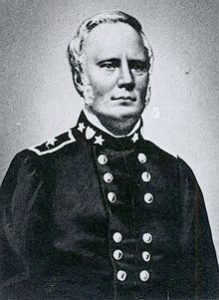
To help push Missouri into the Confederate camp, Major General Sterling Price, a former governor of that state, invaded it in October with three primary objectives. The first was to take Saint Louis, with its arms and military stores. The second was to capture the capital, Jefferson City, and inaugurate the Confederate governor-in-exile, Thomas C. Reynolds. The final objective was to invade Kansas, scooping up the stores and munitions at Fort Leavenworth before swinging back southward through Indian Territory. Price did not expect to hold Kansas, but he and many members of his command did hope to hurt it no little bit.
Regardless of whether Price’s campaign was better defined as a “raid” or an “invasion,” its first two objectives were quickly and spectacularly missed. Running his army of 12,000 men (of whom one-third were unarmed) into a fortified position near Pilot Knob, Price won a costly battle, only to discover that owing to Union reinforcements brought during the fight, St. Louis suddenly lay beyond his power. Having wasted several days pursuing the Union garrison from Pilot Knob in an attempt to catch the hated general who had issued Order Number 11, Price reached Jefferson City only to find it fortified by several thousand newly-arrived Union troops. He quickly passed it by. That left the invasion of Kansas as his only realistic objective, if one discounts the value to the Confederacy of the enormous train of supplies and loot that Price had accumulated thus far in his campaign.
When the Union army at last deduced where Price was headed, General Samuel R. Curtis of the Department of Kansas created an army designed to withstand him: the Army of the Border. He declared martial law in Kansas and organized the several local volunteer cavalries as well as a pair from Colorado and and one from Wisconsin who were stationed in Kansas under General James G. Blunt, to be backed up by some 15,000 Kansas militia called out by Governor Carney.
Meanwhile, Major General William S. Rosecrans, along with Major General Alfred Pleasonton and 15,000 cavalry, pursued Price from behind, hoping to pin his troublesome force between the two armies, and before he invaded Kansas if possible. Curtis sent Blunt with his 2,000 cavalry and several pieces of light artillery to Lexington, a small town a dozen miles east of Independence, Missouri, in an attempt to locate Price’s position and discover his strength and intentions.
Blunt’s command reached Lexington late on October 18, scattering a few Confederates who were recruiting men on behalf of General Price, but did not pursue, instead settling into positions in and around the town and sending out scouts for a clearer picture of Price’s whereabouts. The men of the Fifteenth camped in the fairgrounds just outside of town, while their officers set up headquarters in the large brick home of General Thomas Shields, CSA, the feathered effects of which suffered no little bit during their short stay. Mid morning of the next day, Confederate skirmishers drove all of their scouts in. After a week of searching, the Army of the Border had finally found Price.
About the same time, a messenger arrived to inform Blunt that General Curtis could not send him the reinforcements he had hastily requested the day before. Governor Carney, not knowing where Price was, would grant neither Major General George W. Deitzler, responsible for the Kansas militia units in the rear, nor General Curtis permission to lead the militia more than a few miles into Missouri. It would clearly be Blunt’s responsibility to engage Price alone, and with a cavalry one fifth the size of Price’s mounted army. Any hopes Blunt might have harbored of stopping Price at Lexington disappeared as the long Confederate columns cantered into view, smothering each of the three roads leading into that village from the north and east.
The Fifteenth, quickly formed on one side of the fairgrounds, anchored Blunt’s First Brigade, Jennison commanding. He immediately sent Hoyt forward with half of the brigade, ordering the rest to set up howitzers in preparation for the expected Confederate charge. Colonel Thomas Moonlight’s Kansas Eleventh filled out much of the Second Brigade, alongside companies of the Colorado Second and even Senator Lane himself, forming up a second line across the road that led back westward to Independence. Portions of the Kansas Sixteenth rounded out Blunt’s paltry command and were divided among the two brigades.
For his part, Price had placed General Joseph O. “Jo” Shelby’s two brigades in advance. Upon meeting the Union forces these veterans quickly flanked their opponents’ tiny lines. The move bisected the Fifteenth, isolating Captain Oren A. Curtis , who was leading companies E and F, from the rest of Hoyt’s command. Through a combination of artillery and small arms fire, Shelby forced the First Brigade to fall back behind the Second, which was itself quickly pushed back behind the First. The Union forces were thus driven back in hopscotch fashion along the Independence Road, toward the Little Blue River, a tributary of the Big Blue, nine miles east of Independence itself.
Price’s pursuit stopped at Lexington, while the Blunt’s men slept in their overcoats on the Little Blue’s eastern bank. Long after dark, a wandering Captain Curtis and his thirty castaways ran into an officer of the Colorado Second and so were able to re-join the Fifteenth for the next day’s expected fighting.
The Second Battle of Lexington, though an overwhelming loss for the Army of the Border, would pay dividends very quickly. For not only was Blunt able to find Price – giving the recalcitrant Kansas militia no more illusions about whether he really was heading for their state – he was able to delay Price’s advance by a full day.
General Curtis was now in contact with Rosecrans and Pleasonton’s cavalry, which had just arrived in Sedalia, Missouri, one day closer to Price’s rear. Rosecrans promised to push on Lexington with all possible speed.
(Continued in Part III)

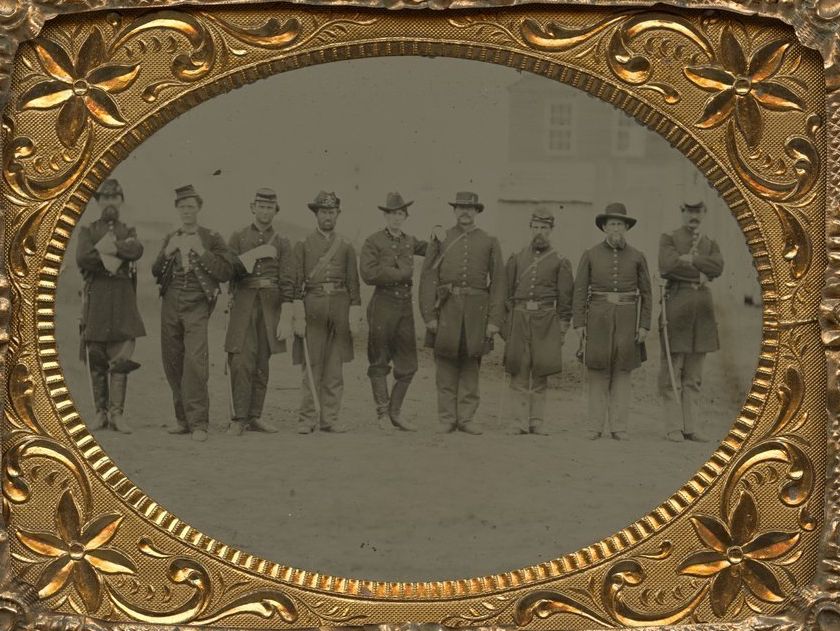

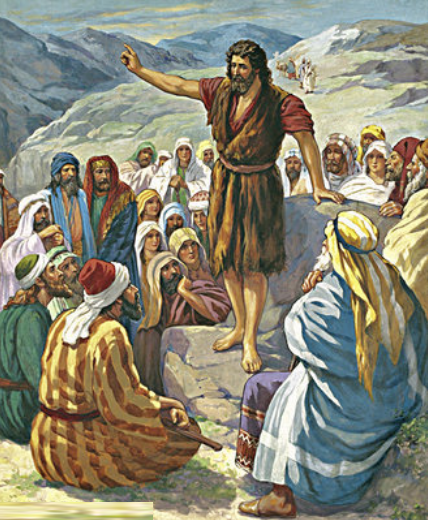

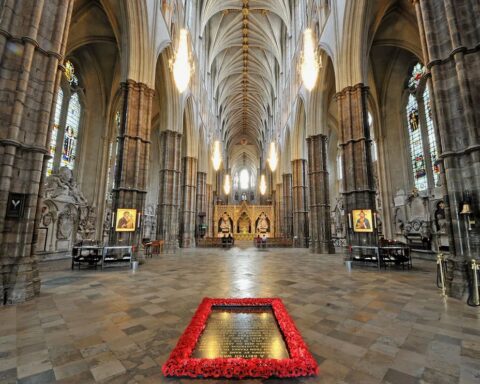
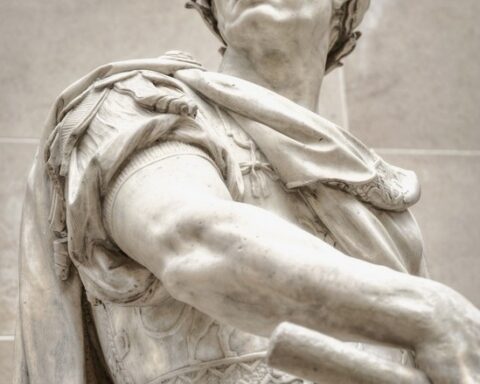
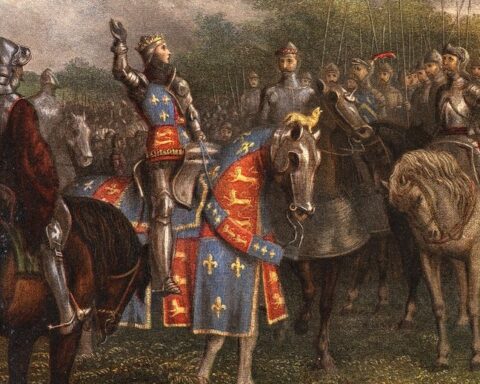
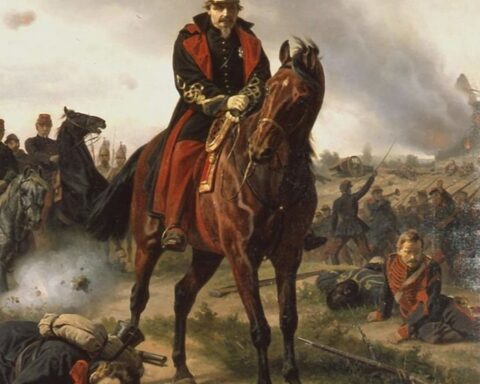
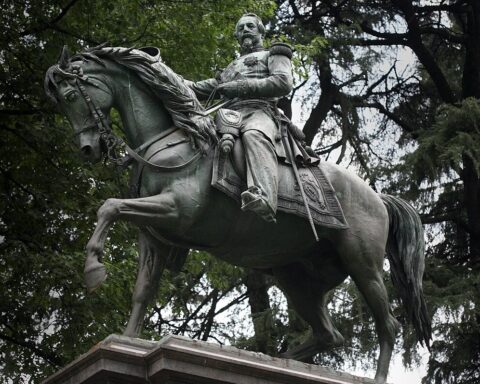
5